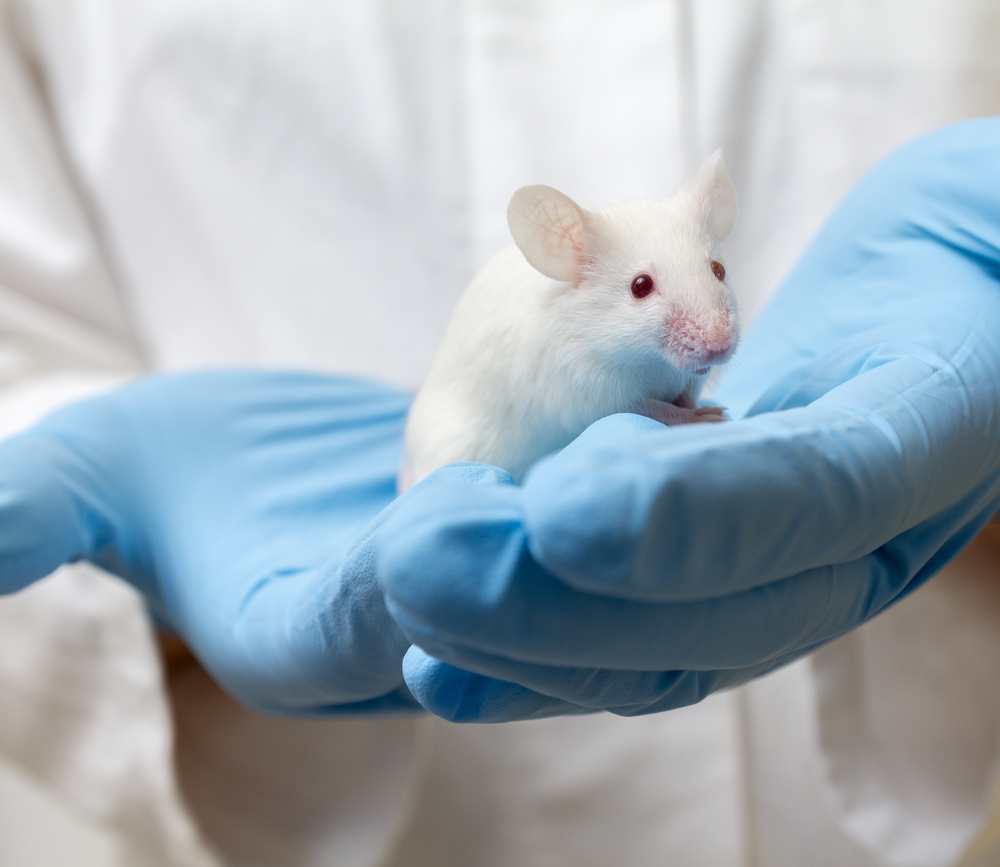Raising Levels of Alpha-COP Protein Seen to Ease Disease Severity in Mouse Model
Written by |

Elevated levels of the protein alpha-COP, involved in cellular transport and self-cleansing processes, extended survival in a mouse model of severe spinal muscular atrophy (SMA) without altering levels of the survival motor neuron (SMN) protein, according to a recent study.
These results suggest this protein can modify SMA, and is a potential future treatment target independent of SMN.
The study, “Interaction between alpha-COP and SMN ameliorates disease phenotype in a mouse model of spinal muscular atrophy,” was published in the journal Biochemical and Biophysical Research Communications.
Researchers were interested in exploring potential SMA genetic modifiers; that is, factors whose genetic variation could change the clinical course of this disease. Specifically, they were interested in the protein alpha-COP , a component of a protein complex called COPI coatomer, which has been shown in prior studies to bind directly to SMN — the protein that is present in low levels in people with SMA.
Inside cells, alpha-COP is primarily involved in internal transport trafficking as well as in the recycling of damaged and unwanted material through a process called autophagy.
Earlier studies in cell and animal models showed that raising alpha-COP levels rescued defects in nerve cell growth resulting from SMN protein deficiency. Encouraged by these findings, researchers tested if increasing the levels of alpha-COP in certain key tissues could ease SMA symptoms and reduce disease severity in mice.
The team genetically engineered mouse models of SMA so that they would express higher-than-usual amounts of alpha-COP throughout the body. Their strategy enabled a modest increase of 1.4-fold to 1.8-fold in the levels of alpha-COP, specifically in the spinal cord and brain but also in the muscles. SMN protein levels remained the same.
Importantly, these elevated amounts of alpha-COP were sufficient to change the disease course and enable mice to live significantly longer. These mice lived into adulthood, while non-modified SMA mice with normal levels of alpha-COP died soon after birth.
To test if these alpha-COP effects depended on the direct binding to SMN, as previously reported, the researchers engineered a transgenic mouse that over-produced a modified version of SMN. This version lacked the portion thought to be the point of contact with alpha-COP. High levels of SMN were produced in the brain, spinal cord and muscles of these mice, but their survival was not prolonged to the extent seen in mice that overexpressed the alpha-COP protein.
Based on these results, the researchers believe “that the interaction between SMN and a-COP is required to support proper motor neuron function.”
They argue that one potential mechanism of action for the prolonged survival seen could be through direct interactions between SMN and alpha-COP, which might stabilize the minimal levels of existent SMN protein.
But as no changes in SMN protein levels were seen, the researchers also suggest “that expression of a-COP is redistributing the low levels of SMN protein available and directing its ability to support motor neuron function.” Another possibility is that “COPI coatomer function is impaired under conditions of low SMN, and by over-expressing alpha-COP, we are restoring some previously un-appreciated loss of COPI coatomer function,” they added.
“These results demonstrate that a-COP is a validated modifier of SMA … and is a potential target for development of future SMN-independent therapeutic interventions,” the team concluded.






